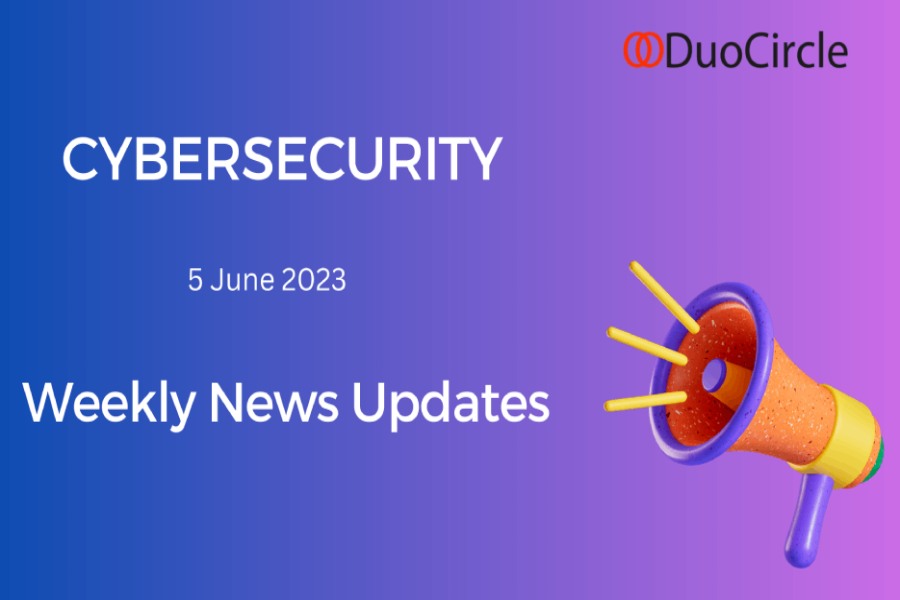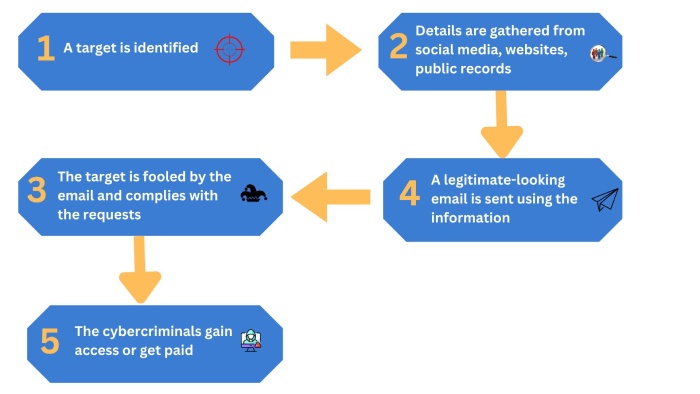As widespread phishing attacks continue to escalate the global cyber threat potential, new research reveals the sheer loss of productivity for the affected organizations.
Detecting email threats and taking necessary countermeasures rob organizations of their valuable work hours. A study found that, on average, organizations need around 100 hours to identify, respond to, and take measures after the occurrence of an email threat. Further breaking up this equation, the threat detection process takes 43 hours for enterprises, while they need 56 hours to respond to the attack and take necessary countermeasures.
The report reveals that almost all organizations experiencing a spear-phishing attempt in the last year faced adverse effects. These include stolen data, malware infections, and damage to their reputation. Among other alarming statistics, the report states that around 50% of the surveyed organizations were victims to spear phishing in 2022. It led to compromised email accounts and subsequent data breaches.
How Comprehensive Was the Report?
The comprehensive report focuses on spear-phishing data and analysis derived from an extensive dataset comprising a staggering 50 billion emails from over 3.5 million mailboxes. Notably, this dataset includes nearly 30 million specimens of spear-phishing emails.
In addition to the robust data analysis, the professionals have suggested possible countermeasures to mitigate the threat. The research has been conducted by IT professionals from various organizational levels, spanning frontline workers to those in senior roles.
The survey encompasses 1,350 decision-makers across diverse industries in the United States, EMEA (Europe, the Middle East, and Africa), and Asia-Pacific (APAC) regions. This comprehensive approach ensures that the report’s findings represent the global cybersecurity landscape.
By leveraging the combined power of survey insights, cybersecurity experts have come up with a holistic view of the current state of spear-phishing attacks. That enables organizations to understand the associated risks and develop effective mitigation strategies.
The Widespread Impact of Spear-phishing Attacks
According to cybersecurity experts, spear phishing attacks have been highly successful in compromising their victims’ accounts. These attacks account for a staggering 66% of all data breaches. Among the organizations analyzed, 22% had at least one email account compromised through an account takeover. It points to the urgent need for robust defense mechanisms.
How Does Spear Phishing Work?
Spear phishing attacks leave a devastating impact on organizations. The report reveals that 55% of the victims reported their systems were infected with malware or viruses. Besides, 49% reported sensitive data. Stolen login credentials affected 48% of the victims, while 39% of the organizations incurred direct financial losses.
Responding to these challenges and recovering lost data following the attacks remain significant for enterprises. On average, organizations need around 100 hours to identify, respond to, and remediate threats.
Malicious Actors Targeting Remote Workers
With a more significant share of professionals working remotely in the new WFH paradigm, organizations are encountering increased risks associated with spear-phishing attacks. According to the report, organizations with 50% or more remote workforce report more suspicious emails. On average, they receive 12 unsolicited emails daily, compared to 9 for organizations with fewer remote workers.
The impact of phishing attempts lies beyond the direct threat potential. For most organizations with a remote workforce, detecting the threat can take 55 hours on average. Besides, they must channel 63 hours to respond to the threats and manage the consequences. Businesses having fewer remote workers can detect the threat in 36 hours and respond to the same in 51 hours.
Investing in Advanced Cybersecurity Solutions
Considering the increasing threat potential for organizations with phishing instances on the rise, cybersecurity experts recommend advanced solutions to counter spear-phishing. Organizations must invest in account takeover protection solutions equipped with artificial intelligence capabilities.
As the attack models deployed by threat actors continue to gain sophistication, organizations must adopt advanced defense mechanisms. AI-backed defense solutions prove to be more effective compared to traditional measures. With proper security measures in place, responding to attempts of phishing or data breaches should take little time.
What Do Organizations Need to Do?
As the impact of spear-phishing attacks continues to rise, global organizations need to strengthen their defense for email security. The spear-phishing trends report serves as a wake-up call for these enterprises. It highlights the need for channeling higher investments in advanced protection solutions for better cybersecurity awareness.
The secret to staying ahead of the adversaries lies in incorporating robust solutions and combating threats posed by spear-phishing attacks. This way, organizations can secure their sensitive data, finances, and, most importantly, reputation.
Final Words
The long-term adverse effects a successful spear-phishing attack can have on an organization are well-known. However, it can cause immediate disruption of an organization’s productive activities, too, even when detected and blocked. The research results emphasize the urgency for organizations to bolster their email security strategies. Adopting advanced countermeasures against potential cybersecurity breaches can strengthen their lines of defense and enhance overall productivity.


